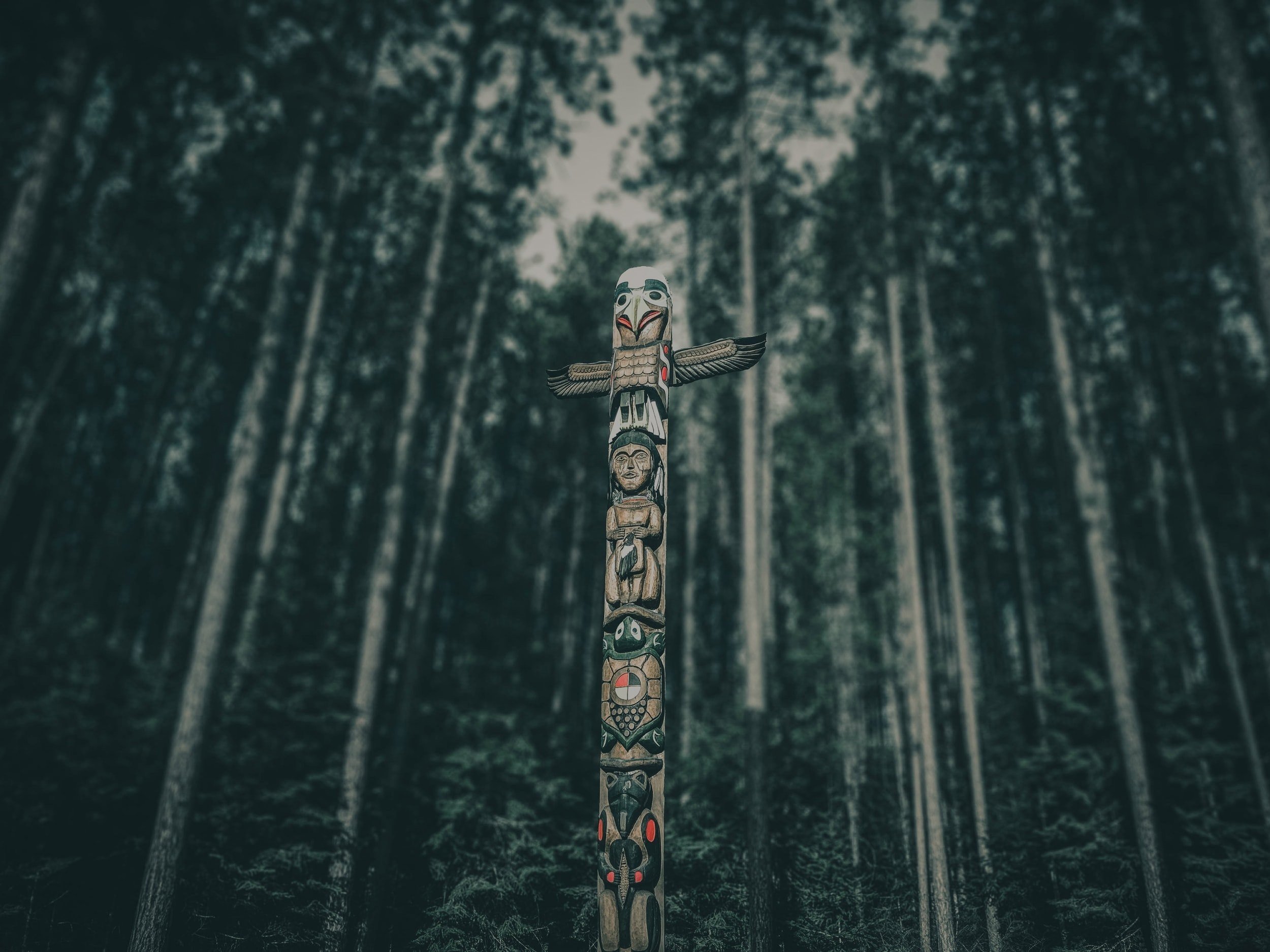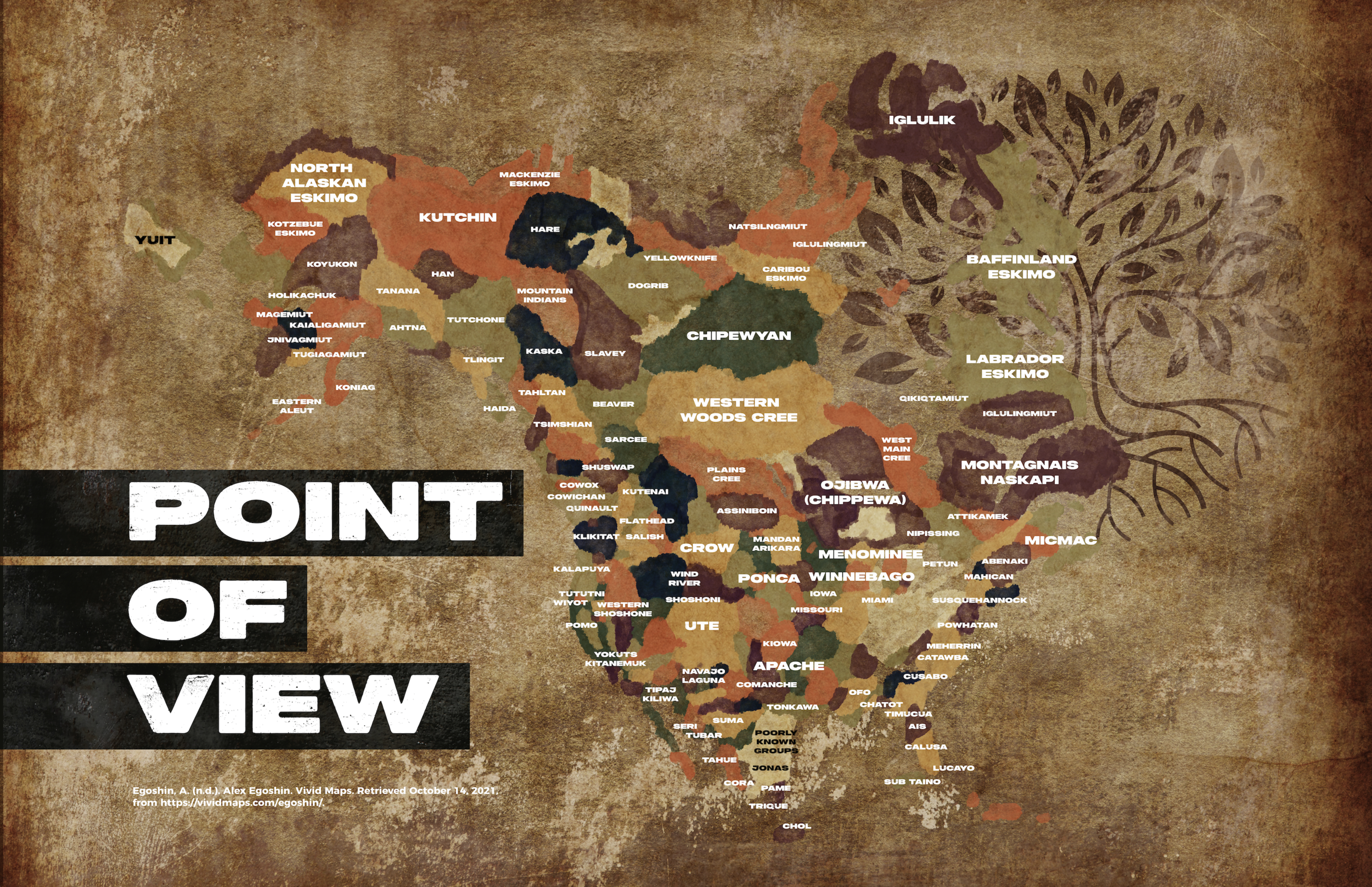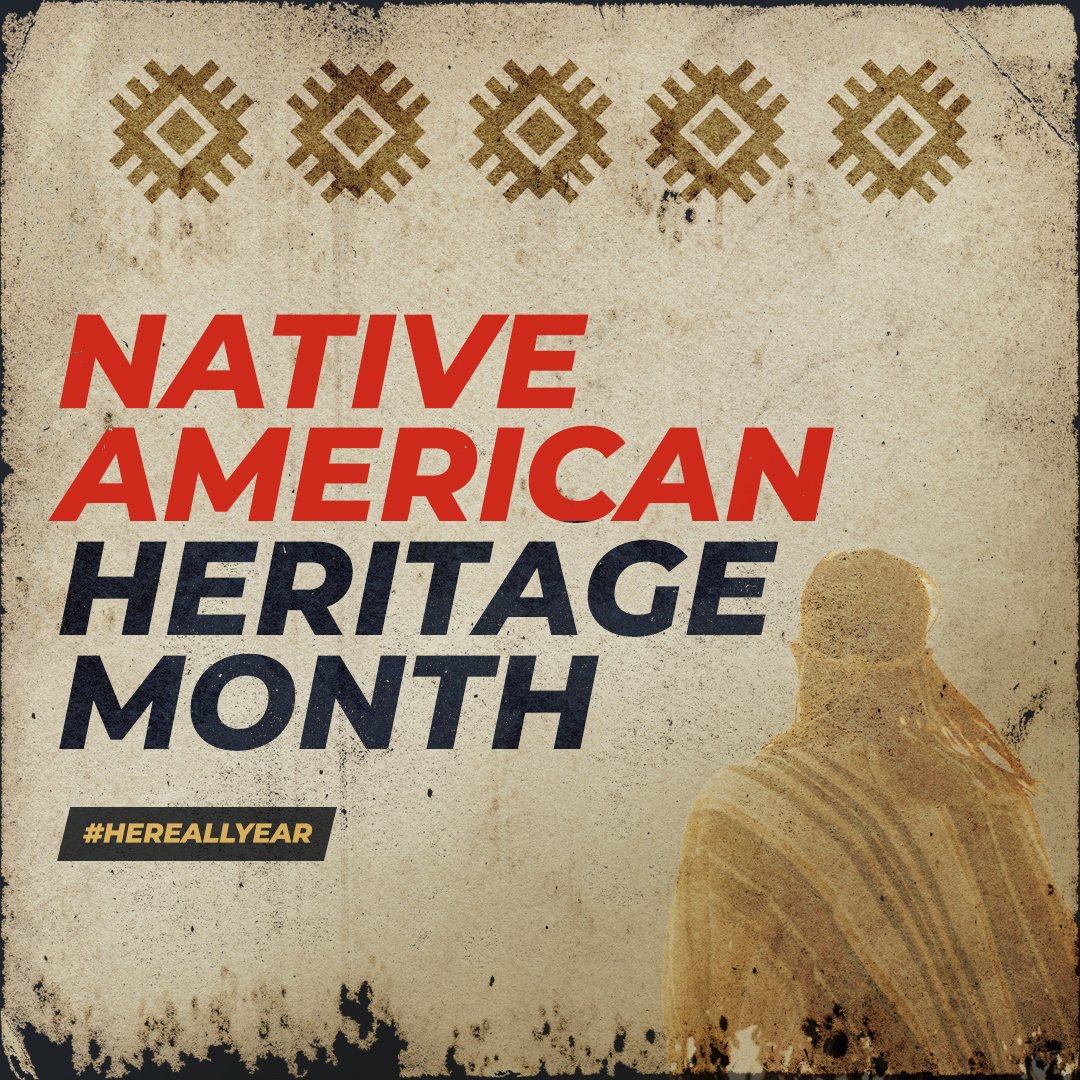
#HereAllYear
Native American Heritage Month (NAHM)
Join us as we raise awareness, honor the rich ancestry and traditions of Native Americans Humans.
The term Native is often used officially or unofficially to describe indigenous peoples from the United States (Native Americans, Native Hawaiians, Alaska Natives), but it can also serve as a specific descriptor (Native people, Native Lands, Native traditions.
Source: americanindian.si.edu
Video: Native American Heritage
The National Congress of American Indians talks about Native American Heritage Month as “an opportunity to raise awareness about the uniqueness of Native people, and the myriad ways tribal citizens have conquered challenges to maintain voice and dignity and to remain an influencing presence in a rapidly evolving nation.”
Do your part to amplify native experiences, points of view, and voices this month and all year long. Watch this video to learn about Native American artists and learn what you can do.
Native American Artists
“Save the Women and Children,” series, mixed media by Stan Natchez of the Shoshone and Paiute Tribes.
“Squash Blossom” by Helen Hardin or Little Standing Spruce of the Tewa Tribe

“We spend a lot of time talking about people in underserved communities but we don’t spend nearly enough time looking at the point of view about native people who are already here and have been displaced. Take some time to see where people were before they were displaced. ”
- Reggie Butler
Native American or American Indian? Understanding and using the right terminology.
American Indian, Indian, Native American, or Native are acceptable and often used interchangeably in the United States; however, Native Peoples often have individual preferences on how they would like to be addressed. To find out which term is best, ask the person or group which term they prefer.
When talking about Native groups or people, use the terminology the members of the community use to describe themselves collectively.
-

Inuit, Yup'ik and Aleut
The Inuit, Yup'ik, and Aleut Peoples in the Arctic see themselves as culturally separate from Indians.
-

First Nations, First Peoples or Aborginal
In Canada, people refer to themselves as First Nations, First Peoples, or Aboriginal.
-

Ingiena, Communidad and Pueblo
In Mexico, Central America, and South America,the direct translation for Indian can have negative connotations. As a result, they prefer the Spanish word indígena (Indigenous), communidad (community), and pueblo (people).
Tribe or Nation?
American Indian people describe their own cultures and the places they come from in many ways. The word tribe and nation are used interchangeably but hold very different meanings for many Native people. Tribes often have more than one name because when Europeans arrived in the Americas, they used inaccurate pronunciations of the tribal names or renamed the tribes with European names. Many tribal groups are known officially by names that include nation. Every community has a distinct perspective on how they describe themselves. Not all individuals from one community many agree on terminology. There is no single American Indian culture or language.
The best term is always what an individual person or tribal community uses to describe themselves. Replicate the terminology they use or ask what terms they prefer.




